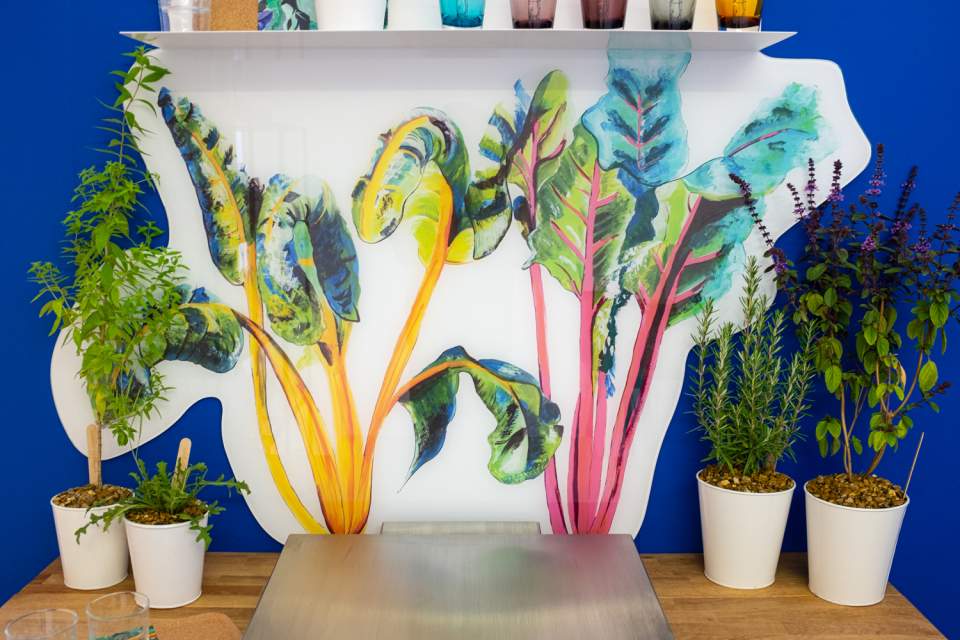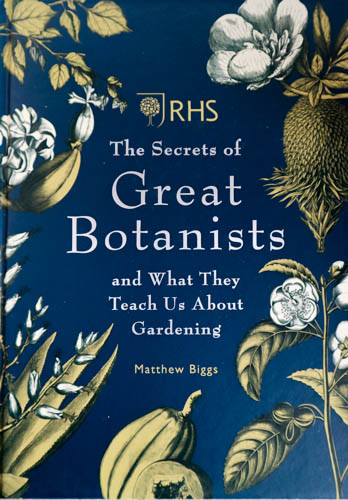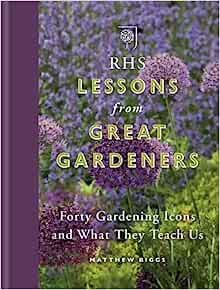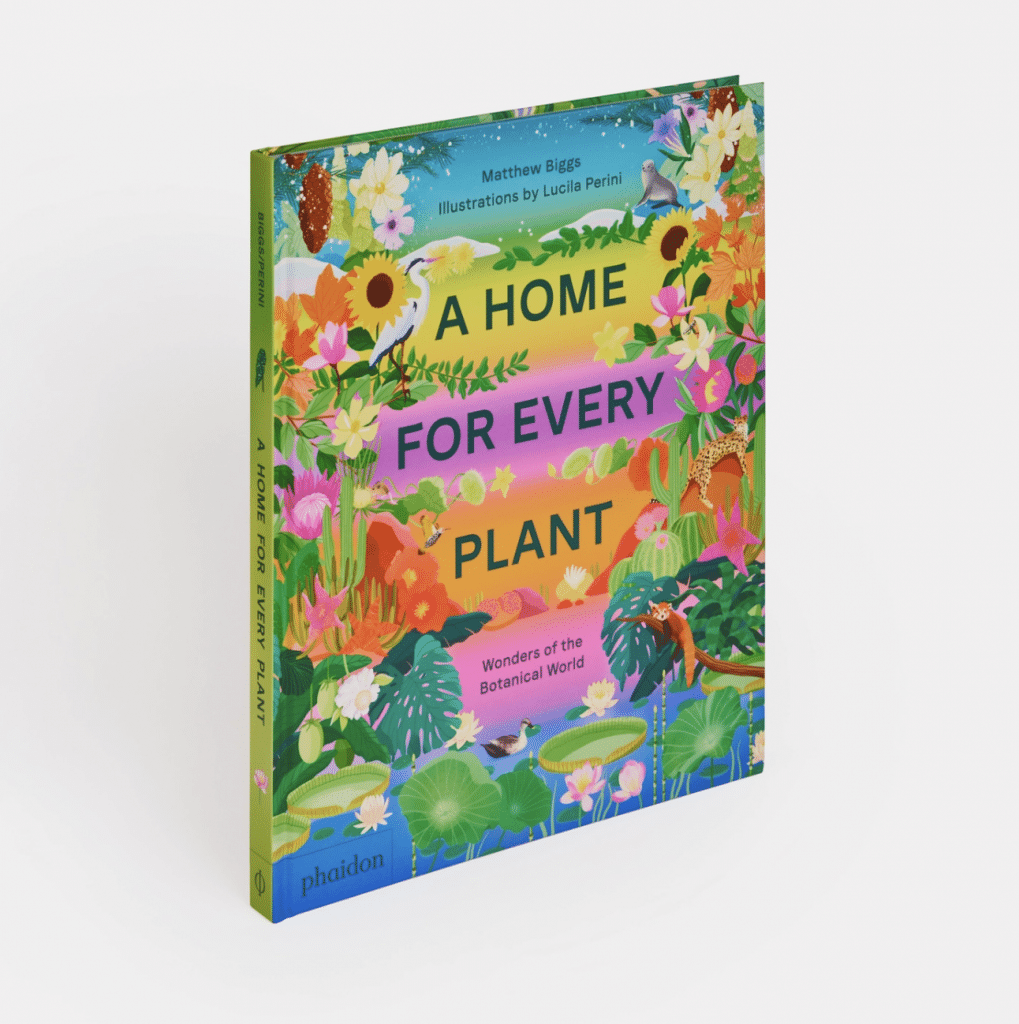Gardening Tips for 'HomeGrown' Success with Matt Biggs

First published in 2020, during the Covid 19 lockdown. I don’t know about you, but over the past weeks, my garden has been my sanctuary, searching out new gardening tips is now a daily pleasure! Growing food and fostering fabulous florals is a pursuit I’ve been nurturing for some time, but, now, more than ever.
And so it seems timely to launch ‘HomeGrown’ – my new lifestyle collection. It captures something of the evolving psyche of our nation and depicts the joy of ‘reaping what you sow’, featuring three ‘Gardeners’ trays to enjoy with a cup of tea and for serving summer drinks. Along with a vibrant shaped splashback, ‘Bright Lights’ inspired by the chard variety of the same name.
To celebrate my HomeGrown Collection, taking over the Journal content is RHS Judge, Writer and Broadcaster, Matthew Biggs. Known for his appearances on BBC Radio 4’s Gardeners’ Question Time, he answers the home growing conundrums of some of my previous splashback customers, offering handy hints to us all!

Matthew Biggs
Read on for home growing and gardening tips Matthew Biggs gives previous splashback customers. Enjoy his responses to their ‘lockdown’ growing conundrums all quite relevant to more ‘normal’ time too. I particularly like the container gardening advice and what to plant for therapeutic benefit.

Gardening tips and tricks Q&A
My garden is south facing and I’m trying to grow some basic fruit and vegetables in pots and containers this year. As a novice in this area, can Matt suggest some varieties to cultivate in these conditions? Raspberries, plums, and apples are all favourites at home. Reshmi, GP, Nottinghamshire
You can grow anything in containers, providing they have drainage holes in the bottom. Recycled tins with painted logos or wooden wine crates are brilliant. Or try Terracotta, composite or glazed pots that compliment or contrast with the colours of what you’re growing. Metal heats up in hot sunshine and is cold at night – you can always put an ordinary plastic pot in something ornamental, to improve the appearance and insulation.
If you can, start off any vegetables on the windowsill and then move them into pots outside. The results are so much better. Choose the right plant to fit the size of the pot you’ve got. Use smaller pots for ‘Finger’, stump or round rooted ‘Paris Market’ type carrots, spinach or spring onions. Shorter rooted parsnips work well in medium pots.
Let beetroot and kohl rabi get to the size of golf balls before harvesting; coloured leaf chard can either be mature or for ‘cut and come again’ harvest at 3-4” tall (Kohl Rabi and mixed Chard are featured on Emma’s fabulous, ‘Home Grown’ Collection trays). There’s also ‘Purple Teepee’ french beans, ‘Hestia’ runner beans and ‘White Lisbon’ spring onions for smaller spaces.
Bay, rosemary, oregano, thyme and basil all thrive in a sunny position and ‘Banana’ or ‘Moroccan’ mint can also be kept under control in a pot.
Try apples in terracotta pots, on dwarfing M27 rootstocks, like ‘Falstaff’. For raspberries, give ‘Ruby Beauty’ or ‘Tulameen’ a go or ‘Hortiblue Petit’ for blueberries. ‘Four Seasons’ is a good all-rounder for citrus and ‘patio’ selections for figs, pears, almonds and cherries also work well in pots. If you thought growing in pots and containers was limiting – think again!
I have a series of 9 stepover apples that I’m intending to mulch soon. What will suit the apples best; a homemade compost or well-rotted leaf mould? Do they have very different micro-organism profiles? Gren, Monmouthshire
Leafmould, especially from ‘Beech’ or ‘Oak’ is an invaluable soil conditioner. It is full of nutrients and has a fine texture with greater initial benefit than homemade compost, which is similar. The reason for mulching is to suppress weeds and keep the soil cool and moist, so it matters little which you use; although leafmould is better as a soil conditioner.
It does matter that you mulch with a 3” layer of organic matter as far as the root spread and when the soil is moist. Make sure you shape it like a donut, rather than mounding it up against the bark, like a volcano. Top up the mulch annually. One of the problems with mulching is that the blackbirds scratch it up looking for worms; five minutes with a lawn rake or broom will soon remedy the problem.
I’m a doctor and am really keen on creating a scented medicinal herb garden to relax in after a hard day at work. What would Matthew suggest? Smita, Nottinghamshire
Many Mediterranean plants naturally emit their fragrance on hot sunny days but you have to rub the leaves between your fingers to enjoy their aroma at other times. Why not add other, non-medicinal plants which encapsulate a whole variety of therapeutic fragrances?
Wonderful scented leaved Pelargoniums include, ‘Attar of Roses’ and P. ’Ardwick Cinnamon’ – both live up to their name. For peppermint, P. tomentosum and pine, P. crispum ‘Variegatum’. P. ‘Frensham’ has a strong, lemon-sherbet fragrance.
Heliotrope is a plant beloved of the Victorians and will flower almost all year round, if well fed. But it is best grown in pots that can be moved for frost protection in winter. H. ‘The Queen’ and H. ‘Chatsworth’ have the most delicious aroma of cherry pie and it is worth finding space for the ‘Curry Plant’ (Helichrysum italicum) and Lavender of any kind, particularly Lavandula x intermedia ‘Grosso’. All need a sheltered sunny spot to capture the fragrances.
Many white-flowered plants are renowned for their fragrance. These include Lilium regale, mock orange (Philadelphus cv’s) and ‘Honeysuckle’, such as the appropriately named Lonicera periclymenum ‘Scentsation’. Rosa rubiginosa forms a spiny shrub, so place it carefully. The foliage is apple scented on a warm windy day or after the rain.
For summer evening scent, you can’t get better than elegant Nicotiana sylvestris with spires of hanging flowers or simple ‘Night-scented stock’ growing by the patio, door or window.
Our wildflower garden (grass interspersed with perennials) has been trashed by the dogs as we are spending a lot more time at home at the moment. Lots of the flower stalks have snapped and underfoot is very trodden down! We wouldn’t normally mow the area until September/October. Under the circumstances, would it be better to cut the area now and look forward to next year’s flowers? Take care and stay safe. Sarah and John.
For newly planted perennials, cut off any damaged stems and leave them to ‘bulk up’ this year, as best they can. If they are three or more years old, cut back using a technique known as ‘The Chelsea Chop’. This is done around the time of the Chelsea Flower Show. Cutting back herbaceous perennials at this time of year by 1/3 or 1/2 (leaving the rest to grow normally) delays flowering until later in the summer. You will extend the flowering season and create shorter, more compact plants that won’t need staking.
The dog damage will dictate how each plant is treated in your case. If you only had one clump, grade from the front to the back (as described) to extend the flowering season. Use a slightly different technique for herbaceous geraniums, Alchemilla Mollis or ‘Lady’s Mantle’. When cut back to the ground in midsummer; watered well and fed with high potash fertilizer, they will produce a second flush of flowers.
Cut back shrubby salvias to a 1/3 or 1/2 in early July (the Hampton hack). It keeps them compact and they flower even better in the autumn. Cordon the area off once you have pruned to make it dog-proof. This will give the plants a second chance.
Books by Matthew Biggs
For stories of trailblazing botanists read Matt’s beautiful RHS publication: ‘The Secrets of Great Botanists: and What They Teach Us About Gardening’ You might also like to take a read of ‘Lessons from Great Gardeners: Forty Gardening Icons and What They Teach’ and his newest publication, A Home For Every Plant: Wonders of the Botanical World



Did you like this post?
We have a regular newsletter full of ideas with Emma Britton Decorative Glass, lifestyle inspiration and occasional offers for readers. Scroll to the bottom of the homepage to sign up for a colourful inbox read.